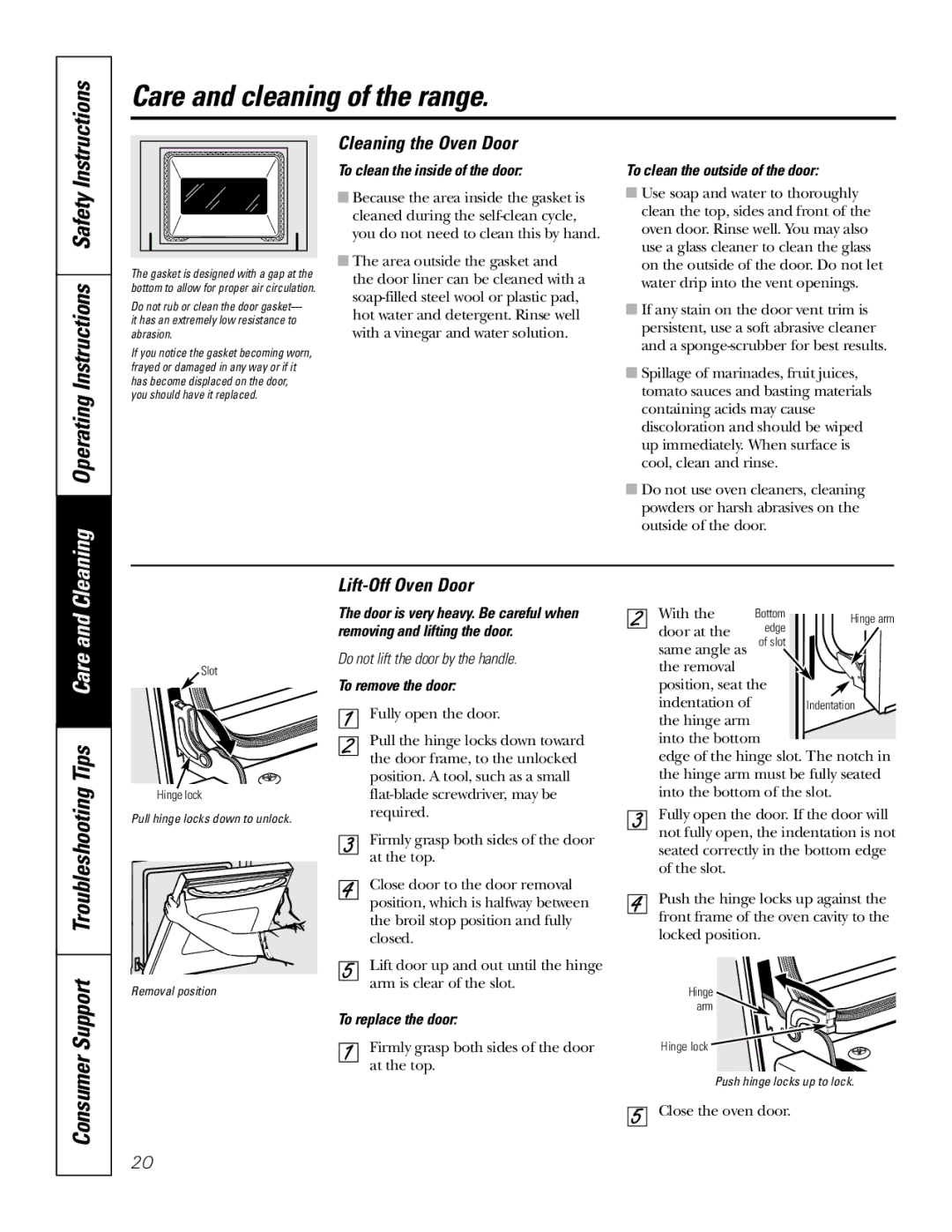66, 71, 68, 3001, 3002 specifications
The GE EER 3000 series has made a significant mark in the engineering landscape, known for its innovative design and advanced technology features. This series is engineered for optimizing energy efficiency, providing a suite of functionalities that cater to a variety of industrial applications.One of the standout features of the EER 3000 is its ability to seamlessly integrate with existing systems, minimizing disruption during installation. This system is built using advanced algorithms that monitor performance and operational parameters, ensuring peak efficiency. The EER 3000 is also designed with a user-friendly interface, allowing for easy navigation and access to critical data in real time.
The JB700 is another key player in the GE lineup, specifically designed to deliver robust performance in demanding environments. This model emphasizes strength and durability, employing high-grade materials and stringent manufacturing processes. One of its defining technological advancements is its modular design, which allows for easy upgrades and maintenance without the need for extensive downtime. The JB700 is also known for its superior connectivity options, making it compatible with various Industrial Internet of Things (IIoT) solutions.
Models 67, 78, and 69 are integral to GE's offerings, each serving specialized roles tailored to unique industrial needs. The 67 model focuses on high efficiency and lower emissions, making it an environmentally friendly choice. It features cutting-edge emission reduction technologies, ensuring compliance with increasingly stringent regulations.
The 78 model emphasizes reliability and performance, featuring a rugged build and advanced cooling systems that allow it to operate in extreme conditions. Its robust design combined with advanced diagnostics enhances its ability to predict and prevent failures, significantly reducing operational downtime.
Lastly, the 69 model is designed for versatility, making it an ideal choice for diverse applications. Its adaptability allows for integration with various systems, while retaining high levels of accuracy and efficiency. This comprehensive product range exemplifies GE's commitment to innovation and excellence, ensuring that customers have access to technology that meets their demanding operational needs.
Overall, the GE EER 3000, JB700, and the models 67, 78, and 69 highlight the company's dedication to advancing industrial technology through efficiency, reliability, and advanced features that meet the challenges of modern industry.

